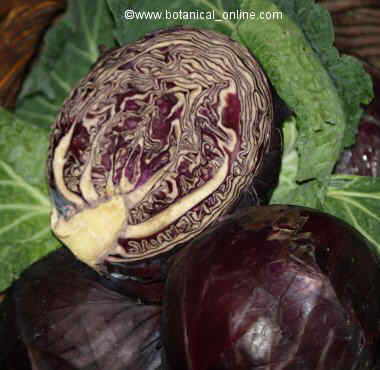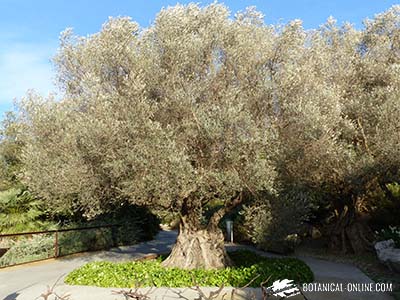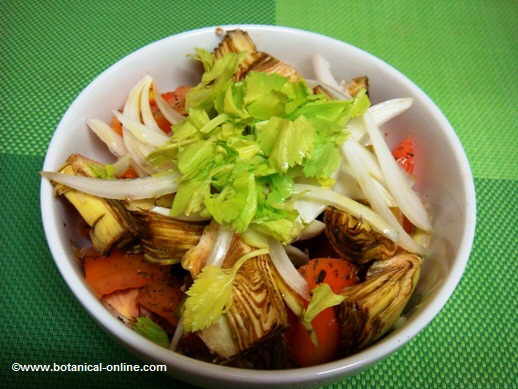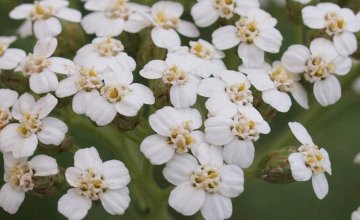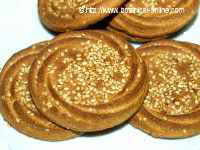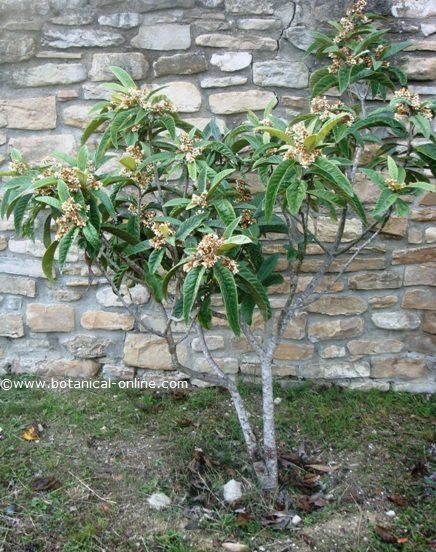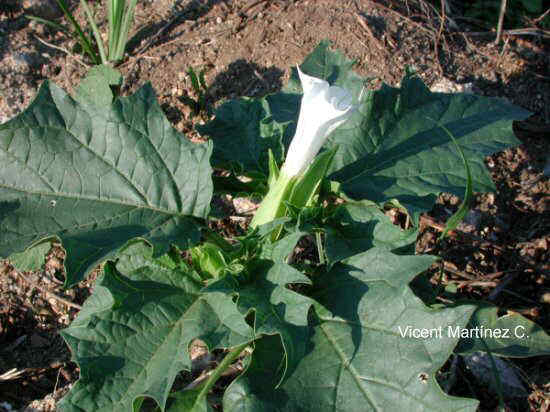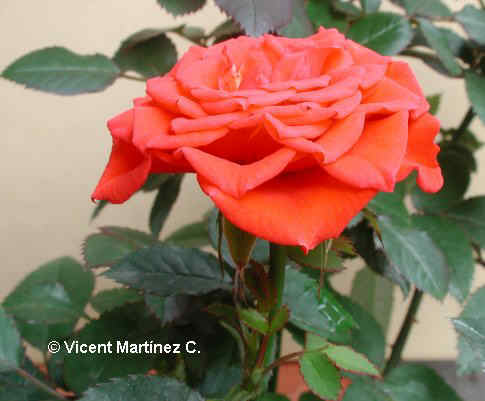Contents
HOW TO GROW JUNIPER
Characteristics of juniper
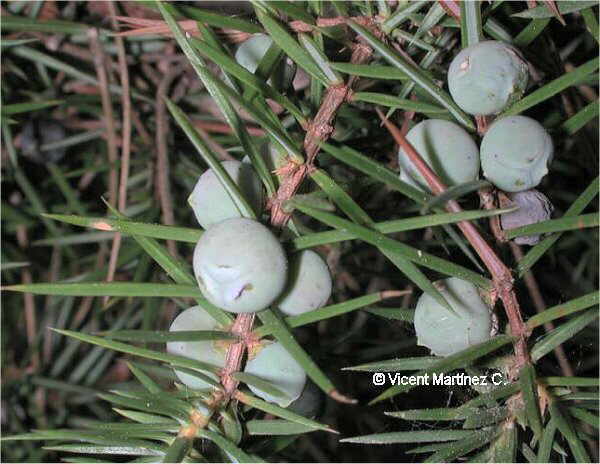
Juniper fruits and leaves
Perennial shrub of the Cupressaceae family up to 7 m, but it usually does not exceed 2 m. Numerous stems with reddish brown bark that cracks in thin sheets with ease. Leaves sharp, in whorls of three, dark green the upper ones with a white band on the underside.
Male and female flowers on separate trees (dioecious plants). The male flowers are yellow and grow in the axils of the leaves. Galbulus fruit, green during the first year; bluish-black at maturity which occurs after two or three years.
![]()
Juniper. Irrigation
Water them moderately since they are very drought resistant. When plants are well established, if there is regular rainfall, they will not need watering.
In very dry years, especially in warm seasons, they can be watered every 15 or 20 days, making sure the soil is dry before applying the new irrigation.
Juniper. Uses
Used them as decorative trees or shrubs, or as medicinal and aromatic plants. Widely used in public gardens, plazas, housing developments, etc. they can be used to form hedges or as a ground cover.
The abundant use of this plants, like other plants of the same family, such as cypresses, White Cedar or savins, is due to their resistance to pests and diseases, their ability to withstand pollution, environmental hazards and soil dryness and because of their tolerance to different soil types.
The increased ornamental use of these plants has contributed to spread hay fever.
![]()
Juniper. Environment and exposure
Junipers have to be planted in the sun. They are very resistant to frost, except when they are young, when they may need some protection against freezing.
They need to have plenty of free space around them, given the large capacity of their horizontally-disposed roots and the need to have enough light.
![]()
Juniper. Reproduction and care
- Most cultivars are obtained by grafting. Grafting can be done on stocks of Red Cedars (Juniperus virginiana) or Chinese junipers (Juniperus chinensis), both of them obtained by seed. To grow these stocks, seeds have to be collected in autumn and should be planted in spring, after having undergone a process of cold stratification for 4 months months.
- Reproduction by seed: This method is not so convenient. Germination does not always happen and when it does, the growth is very slow, so it can take up to 3 years to have a seedling that can be applied the graft on.
- Reproduction by cuttings: Another easier way of reproduction is doing it in winter by means of cuttings. They should be cut in the same season. To encourage the roots we can wet them for a few hours with hormones.Cuttings should be planted on mixed soil (perlite and peat) and kept within a temperature range between 15 and 27 º C. They should be exposed to a high humidity and good light so that they con root well.Cuttings can also be carried out in summer from branches obtained during this season. In this case, they do not need protection from cold.
- Reproduction by layaring: Another different way is the layering method, that should be done in winter and, once they have rooted, separate them from the mother plant and plant them in their definitive place in summer. This provides slow growing, so it is best to leave them grow in pots the first year and to transplant them later.
Juniper pruning
Junipers need to be pruned from time to time to maintain an appropriate size.
They can also be trimmed if required to give a more pleasant aspect or when used as hedges.
Pruning can be done in spring or autumn.
Juniper soil and fertilization
Junipers prefer a limestone soil with good drainage but they can adapt to most types of soils.
Given the large capacity of the roots to spread along the ground, these trees are able to exploit the minerals that are available, so you do not need to pay much attention about how to fertilize them. However, it has been found that adding organic matter every two or three years provides them with a greater luster of leaves and greater resistance to diseases.
Juniper pests and diseases
Fungical diseases mainly affect them in spring, especially in hot and humid years. (The treatment involves the use of a suitable fungicide).
Other pests that can affect junipers are scale insects and spider mites.
![]() More information on juniper.
More information on juniper.

